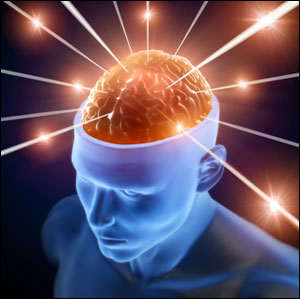Clinical Update July 2014
By Zur Institute

It was originally assumed that the brain reached its full potential by early middle age and that everything from then on involved decline. We now know that the brain continues to develop new neurons, synapses and dendrites and forge new pathways at least into our sixties. Neuroplasticity has become one of the key words in understanding brain development. Therapies such as neurofeedback, CBT and even relational therapies help rewire and grow the brain.
On the personal level, it feels like my brain added new neurons, synapses and dendrites and forged new pathways last week when I taught an exciting 14 CE credit Ethics course on a 7-day cruise to Alaska. We had a large group of almost 40 mental health practitioners and had fun cruising, watching whales & glaciers, learning about ethics and telemental health, eating well and much, much more.
The concept of neuroplasticity spans all psychotherapeutic orientations. Psychiatrists such as Daniel Siegel, for example, use neuroplasticity to explain how the brain develops through attachment. Siegel looks not only at attachment with early caregivers but attachment with psychotherapists as well, and thus combines neuroscience with relational psychotherapy. Researchers such as Helen Mayberg have used brain imaging to observe actual changes in the brains of depressed people following the use of antidepressants or cognitive behavioral therapy, and she finds that each of those is associated with different changes in neural networks.
Neuroplasticity also explains and has led to the further refinement and development of neurofeedback treatments for conditions such as traumatic brain injury, PTSD, depression, anxiety, and substance abuse, as well as the use of neurofeedback for conditions such as epilepsy and ADHD.
Our 4 CE Credit Online Course:
Neuroplasticity and Brain Repair
As our knowledge of neuroplasticity grows, neuropsychologists have begun to look at matching specific treatments, such as neurofeedback and cognitive restructuring with specific symptoms and specific neurobiological markers, thus individualizing treatment for each client and not just for their disorders. Among the promising new directions:
- Using the brain’s ability not only to strengthen and create synaptic connections but to modify or eliminate synaptic connections in response to stimuli and life events
- Training neural membranes to be more quiet or excitable in response to stimuli
- Using not just neurofeedback but neuromodulation (e.g., use of electromagnetic stimulation), cognitive rehabilitation, nutraceuticals (such as vitamins, minerals, proteins, amino acids), and median nerve stimulation